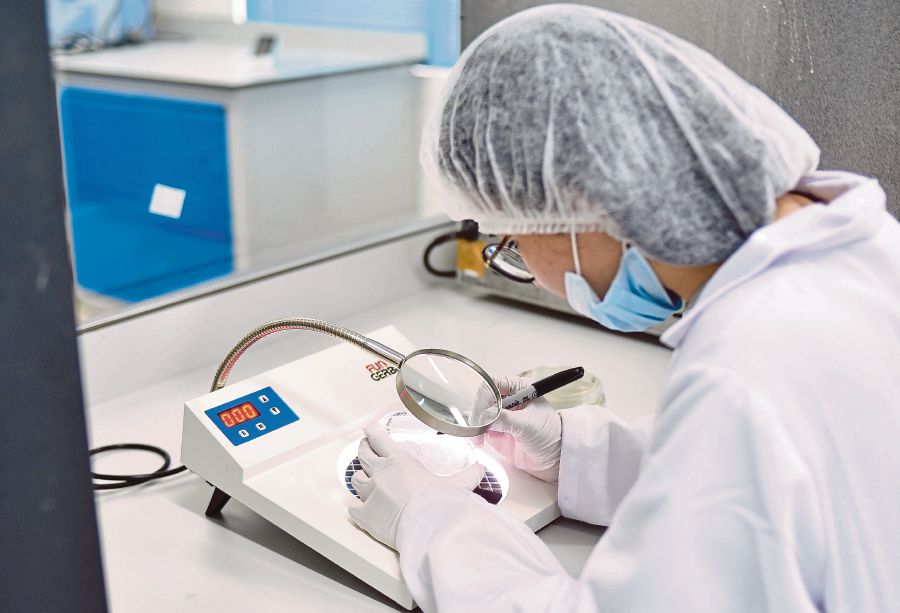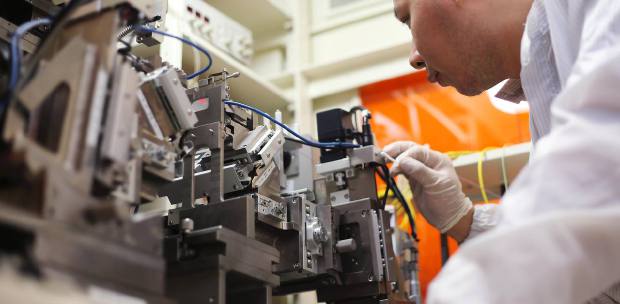UNIVERSITIES exist to not only develop talent for the nation but also to serve humanity with their cutting-edge research.
Recently, both these purposes have come under intense scrutiny, especially the quality of research. University research has been characterised as a frolic of a researcher's own, independent of industry or public needs.
Much research is also pursued to meet performance targets for promotion purposes and to meet the requirements for sterling international rankings. These pursuits put a premium on numbers rather than quality.
Worse, a 2021 Czech study ignominiously ranked Malaysia fifth in "fraudulent publications" worldwide. Viewing this situation seriously, the government issued a diktat last year that no public funds should finance such shady publications.
The directive was timely. Unlike other countries where companies, admittedly the big ones, share the load, public-funded research and development (R&D) is the mainstay of innovation in Malaysia.
With 98 per cent of our business establishments being SMEs, they are either short-termist in their approach to productivity improvement or are just poor at undertaking R&D.
Much research is incapable of crossing the "valley of death". It is unable to jump from theoretical research to applied research that tackles a national or international problem.
But all is not lost. The R&D infrastructure in our universities is well in place. It just needs to be upgraded and rededicated to serving national, if not global, interests.
Here are three strategies for this exercise.
First, the exercise starts with the question why? Simon Sinek, a motivational speaker, in his 2009 book entitled, Start with Why, suggests that for any project to be meaningful it would need to examine the reason for doing it.
That purpose should be a profound one. Determining its purpose would also motivate the doers to complete the work successfully.
Therefore, if the faculty can be inculcated with the institutional mission of "research in service of humanity" and helped to visualise the impact of their discovery on the larger community, then greater research output in that direction could be realised.
The collaborative research on the cholera vaccine by University Sains Malaysia and AIMST University is a case in point. The envisaged output is a vaccine that would not require refrigeration for storage and transport.
It would, thereby, benefit the bottom one billion people in the world who cannot afford vaccines or have no access to refrigeration.
Second, a culture of meaningful research should be cultivated. Here, too, several initiatives can be undertaken.
For one, a tenure system of appointments as in the US and China, where an academic must prove his research mettle over a period of years before being permanently appointed, would ingrain a mindset of impact-oriented research.
Additionally, a performance score card that balances the quality of teaching with the quality of research can be profitably pursued.
Research quality must be assessed by the number of publications in globally-reputed journals, or, in the jargon of the academe, in ISI- and Scopus-certified journals.
Securing research grants from government, industry and international bodies is an indicator of potential research impact, as would joint local and international research collaboration.
Appropriate weights could be given to these indicators to account for the experience and academic track – research or teaching – of a faculty member.
Third, an ecosystem should be nurtured within the university where inter-disciplinary research could be pursued to provide answers to complex issues.
Such research clusters should allow for other academicians outside a particular institution to be seconded on a project basis. Doubtless, these centres should be adequately funded if they are to be sustainable.
To promote quality research, healthy competition should be nurtured among research institutions through a reward system. This could take the form of public recognition of the research being done and their intended or actual results.
It could also entail giving cash rewards with an assurance of more funds for further research.
If the research culture and ecosystem are strengthened, then the R&D infrastructure can be transformed into a robust one that is attuned to high-impact research.
* The writer is former vice-chancellor of AIMST University





